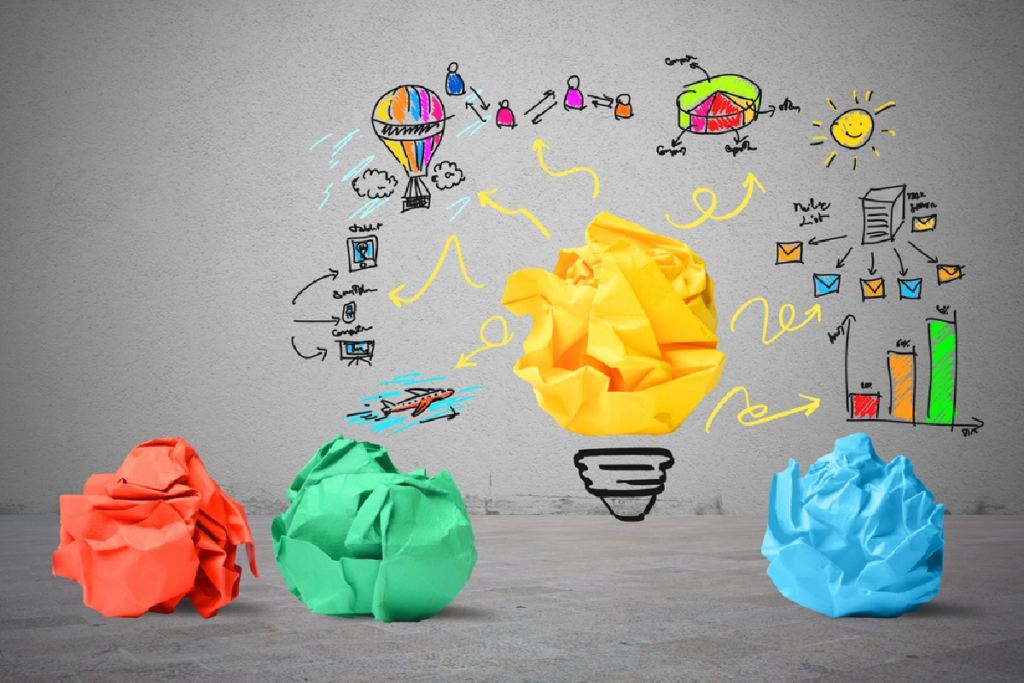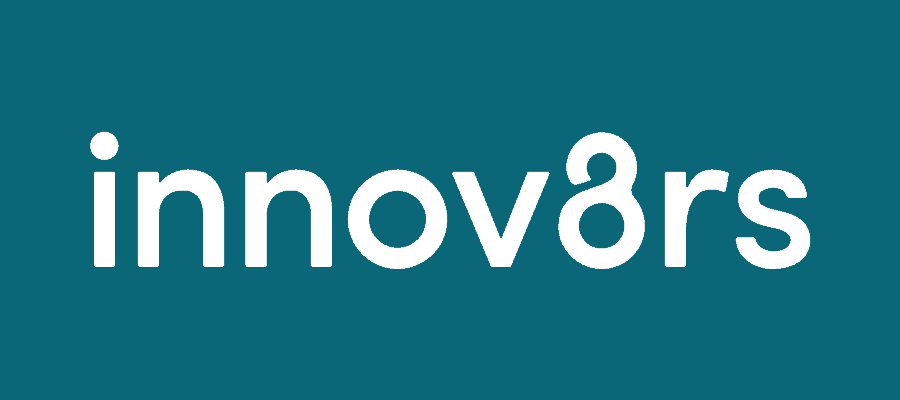How to Think Creatively and Innovatively
Creativity is in high demand.
How to Think Creatively and Innovatively was originally published as The Innovative Team: Recognizing and Developing Your Innovators on the Innov8rs blog featuring the work of Janice Francisco. It is reproduced here with permission.
Creativity is in high demand.

"We think of creativity as something that artists do. Creativity is about the ways we think, the attitudes we have, and the beliefs we hold. All people are creative."
Janice Francisco
According to studies by Adobe and IBM, 94% of hiring managers consider creativity when assessing candidates, preferring creative candidates 5-to-1. CEOs across the globe consider creativity the #1 leadership quality required for success.
But those same studies also reveal that creativity is the one area most of us think we lack. When asked, most of us do not see ourselves as creative. 78% of college-educated workers over 25 wish they had more creative ability.
According to Janice Francisco, this has less to do with reality and more with how we define creativity.
“We think of creativity as something that artists do,” she says. “Creativity is about the ways we think, the attitudes we have, and the beliefs we hold. All people are creative.”
As an applied creativity and innovation management expert who helps government, non-profit and private sector companies transform their teams into “innovation champions,” Francisco has seen firsthand what research has demonstrated—creativity is a skill that can be taught and improved with practice.
At Innov8rs Tel Aviv, she took us through a workshop designed to recognize and develop innovators with the skills, eagerness, confidence, and creativity to drive results. How? By identifying our thinking preferences.
How we prefer to think determines how we innovate
When faced with a challenge, most animals react in one of three ways: fight, fight, or freeze. We human animals have another option – we innovate.
"How you prefer to think impacts how you use creativity to solve challenges and innovate. And when you understand your thinking preferences, you can manage and engage in innovation more effectively."
Janice Francisco
Innovation may be a business buzzword, but it is a natural process we all engage in, whether we know it or not. As the proverb says, “Necessity is the mother of invention.” We will think of a way when we really need to do something. We’re natural innovators.
And how do we do this? Creativity. According to Francisco, “Creativity powers innovation. Innovation becomes quite difficult if we’re not connected to our creativity.”
She continues: “How you prefer to think impacts how you use creativity to solve challenges and innovate. And when you understand your thinking preferences, you can manage and engage in innovation more effectively.”
Identifying our Thinking Preferences
Although we’re all natural innovators, we don’t all approach innovation similarly. These different approaches can create difficulty – stress, communication breakdowns – when teams are working together. So how, then, do we overcome these differences?
Francisco is certified in the FourSight Thinking System, a research-based assessment tool developed over the last 20 years by Gerard Puccio, Ph.D., director of the International Center for Studies in Creativity at the State University of New York College at Buffalo. FourSight was inspired by over 60 years of research into creative problem solving and offers a four-step innovation framework.
Francisco uses the Foursight Thinking Profile to identify individual thinking preferences. “It gives you a glimpse into how you are personally engaging in the innovation process and helps your team understand how you like to engage,” she says. “Then we all start having different conversations and working better.”
It’s important to note that your preference does not, in any way, indicate your ability or skill. To illustrate the difference, Francisco asked us to hold up a pen and write our first name in the air. Try it now – which hand did you use? Chances are, you used the hand you prefer to write with. Just as you have a preferred hand for writing, you also have a preferred way of thinking when problem-solving.
“This is what we call your mental comfort zone. It’s a place that you naturally gravitate to when facing a challenge,” says Francisco. “We all experience this gravitational pull – it’s hard to overcome it; we just go there naturally.
But knowing your thinking preference, and those of others, will help you build diverse teams grounded in empathy and respect – and ultimately improve performance across the board.”
What kind of creative thinker are you?
The FourSight Thinking Profile reveals who you tend to be during the innovation process: a Clarifier, an Ideator, a Developer, an Implementer, or a combination Integrator. While Francisco walked us through the profile assessment itself, you can probably get a good idea of your personal thinking preferences from the definitions below:
1Clarifiers
Clarifiers keep innovation on target. They dig through data to understand and identify the problem, gather information, and look closely at details. Generally, they’re not quick to move to solutions because they want to be sure they are addressing the right problem. They are at risk of becoming stuck in over-analysis and never moving forward.
2Ideators
Ideators keep the ideas coming. They tend to look at the big picture and think in global terms. They approach problem-solving more intuitively, playing with possibilities and stretching their imaginations. They are at risk of overlooking important details.
3Developers
Developers build the blueprints of innovation. They like to examine the pros and cons of an idea, analyzing and comparing potential solutions. They will plan the steps to implement an idea and create workable solutions. They are at risk of getting stuck in the pursuit of the ‘perfect’ solution.
4Implementors
Implementers are the engine of innovation. They bring structure to ideas. They love bringing a workable idea to fruition. Because they tend to take the Nike approach (‘Just do it!’), they are at risk of leaping into action prematurely.
In Summary
When people understand how they think and how those around them think, it opens everyone up to more flexible approaches, helps them adopt an innovative mindset in their everyday work, and, ultimately, leads to higher performance and productivity.
She says, “Each one of the steps in the FourSight Thinking System framework – clarify, idea, develop, and implement – requires unique thinking skills. And we gain or lose energy as we engage in different steps of the innovation process. When we’re aware of this, we can engage in the process more effectively. We have more empathy for how our teammates work rather than getting upset with how they behave.
We understand why our teammates act the way they do and recognize the value they bring to the team. We can start to leverage that diversity rather than allowing it to create conflict among us.”
Want to learn more about how to think creatively?
Check out our page on the Foursight Thinking System™. Or schedule a discovery call to explore a customized learning solution for your team.




